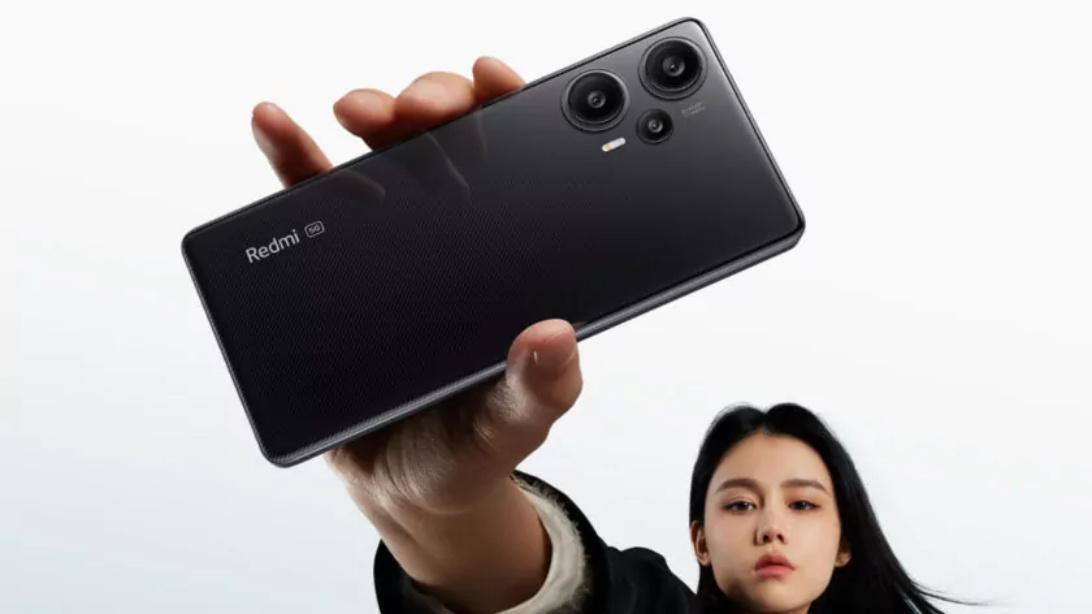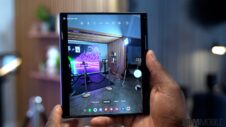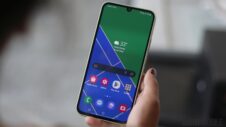Samsung unveiled two fantastic mid-range phones in mid-March, the Galaxy A34 and Galaxy A54, and after a short pre-order period, they're now reaching more markets worldwide. And Xiaomi appears to have responded to the threat of the Galaxy A34 — and especially the A54 — in a big way.
Xiaomi just unveiled a new mid-range phone for a low price. It's called the Xiaomi Redmi Note 12 Turbo, and it has a few interesting hardware specs. For starters, it's the first phone to feature the Snapdragon 7+ Gen 2 upper-mid-range chipset Qualcomm announced earlier this month.
Aside from this new SoC, the Redmi Note 10 Turbo (which has nothing to do with the Galaxy Note series or a stylus) boasts up to 16GB of RAM and up to 1TB of storage. Memory is not expandable, mind you, but the phone can be had with a whopping 1TB for cheap, which should more than make up for it. It also has a 3.5mm headphone port and an IR blaster.
Similar to the Galaxy A54 and A34, Xiaomi's new mid-range device has a 6.6-inch flat OLED display with a refresh rate of 120Hz, a resolution of 2400 x 1080, and 1,000 nits of brightness. So far, so good, but some compromises had to be made.
A disposable rocket of a phone with oversized camera cutouts, just for aesthetics
What Xiaomi's phone lacks, aside from expandable storage, is a good-enough build to offer any serious protection against dust and water ingress. Xiaomi doesn't mention an IP rating, but the device might have something equivalent to IP53, which isn't really worth mentioning. And it ships with Xiaomi's proprietary Android skin, MIUI, which can't hold a candle to One UI 5.1, even though MIUI may have had smoother animation transitions (when observed in slow-motion) at some point.
Furthermore, although the main camera has a higher resolution of 64MP compared to the Galaxy A54's 50MP sensor, the other cameras (8MP ultrawide, 2MP macro, and 16MP selfie) fall short of the Galaxy A54's combo that boasts 4K video recording at the front and back. And despite their low resolution and unimpressive specs, they're surrounded by huge camera cutouts. It's obvious where Xiaomi's priorities lie.
The Redmi Note 12 Turbo phone doesn't seem to have Gorilla Glass display protection, either (or there's no official mention of it). So, make no mistake, Xiaomi had to take quite a few shortcuts to reach the starting price of $290 ($407 for the 1TB model).
Indeed, credit where credit is due, the Redmi Note 12 Pro is a cheap phone, much more so than the new Galaxy A54 from Samsung. It seems to tick all the boxes for a phone designed for the mid-range segment in China, with a chipset and memory options that punch above their weight. But that's also why it appears to be a cheaply made phone, with build quality and software leaving something to be desired.
And yes, unfortunately for Xiaomi fans outside of China, the Redmi Note 12 Turbo might never be released globally and into Europe and the USA. Even if it does, it may suffer some hardware setbacks and cost more than it does in China. We may never know for sure if it could've been a real threat to Samsung.
At the least, Xiaomi's new mid-range phone could have been an interesting option for prospective buyers that place raw performance above anything else, like longevity, reliability, and software. It could've made for an intriguing option for buyers who are in the market for a sort of disposable mid-range, low-cost beast that doesn't break the bank but might have to be replaced sooner rather than later.







